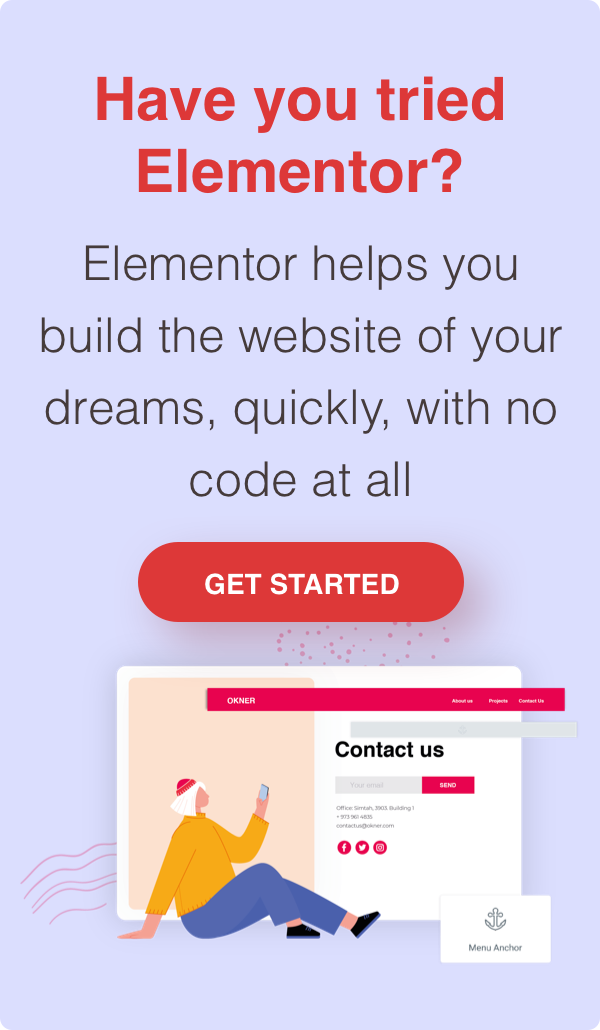The Solution
Causes
Slow sites are almost always due to issues with literal internet speed, either on your end or your web host. Things that can aggravate site load times in WordPress include:
- WordPress SEO + custom SEO post titles
- Too many plugins activated
- Script conflicts between plugins
- Large content (huge image files, etc)
- 3rd Party content including videos, hosted files or banner ads that take too long to connect to the host
- Low memory allocation on your server
Please contact your host for support while going through this guide!
We are happy to assist you in going over the following steps, but find the theme is almost never the source of the problem, so it is important you contact your host for support of slow site issues, no matter what.
What You Can Do
Slow loading is almost never caused by your WordPress theme directly, however certain functionality in your theme may support content that causes the issue. As such, switching to the default theme, for example, is not a good test as it does not have the same templates or functionality so will not load your content the same way (or at all, in the case of things like galleries or portfolios). The fix typically depends on your setup. Here are some things you can do to troubleshoot:
Evaluate Internet Speed
Sometimes slow loading is just your connection being slow, or your host being slow. The best test is to ask someone in a different location to try visiting your URL and see how their experience compares.
Your host can also test the load and explain any limitations of your hosting. If you have a large photography website, or an eCommerce site with a lot of traffic for example, you may need to upgrade to a VPS or faster account tier to avoid your traffic being throttled.
Run an Initial Speed Test
Both of these resources will scan your site for specific load inhibitors and produce a report. Keep in mind that it is going to advise you about all inhibitors, whether they are a real problem or not. Items in the Red section of Pagespeed are the things to watch out for. If you are not familiar with the terminology used, below is a brief outline of what some of the results mean and if you can do anything about them or not:
Optimize Images
If you have a significant amount of graphics or images on your site, they can cause a lot of load time if they are not as small in file size as possible. In many cases, the savings are marginal and not necessary, but if you see the size reduction is more than a few hundred kb, you probably need to re-process and re-upload your images (details in the next section)
Reduce Server Response Time
Cheap hosting often means slow speeds, and can be made worse by other sites on the same host taking up too much bandwidth or database memory. Contact your host if this is brought up as an issue.
Reduce content loading before the fold
This is a pretty idealistic option and one you can’t do much to directly influence, as WordPress sites need to load a measure of data, scripting or stylesheets at the beginning of the page. All Obox Themes specifically are optimized for load, and will not load anything at the beginning that is not explicitly required to load that way. Your plugins and page templates will also dynamically load in scripts or styles being used on that page, and it all happens in the header. In most cases, this is not the cause of your site being slow, but can be if the page is looking for offsite content.
Reduce Offsite Content
This refers to functionality or content in your site that comes from somewhere else, including Google Fonts, Twitter or Facebook widgets, sharing buttons, or hosted scripts like Google Analytics, Vimeo videos, hotlinked images and so on. If these sites are experiencing downtime or slowdowns, your site will be forced to wait until a timeout limit is exceeded and an error is produced or the page skips the element and keeps loading. This should not deter you from using these services, but is important to be aware of the potential impacts.
Below we get into detail about how to tackle some of these issues:
Check Your Content
- If you have a theme with a lot of video content, check Theme Options for an “auto-generate thumbnails” option and uncheck it (not all themes have this). This reduces the amount of data requested and transferred from your video host.
- Do not use oEmbed for your videos if you see slow loading or simplexml errors, or ensure you have a caching plugin installed. Not all servers can handle the constant requests to video sites, and the video site may experience slow performance which will in turn affect any content using oEmbed.
- For sites with a lot of images, ensure images are optimized for the web by saving them as JPGs, scaling them down to no larger than 2000px wide or less than 2MB in file size.
- See How to Prepare Photos for Your Website
- Check your Theme Documentation “Quick Start” guide for advice on how big original images need to be for your theme. Oftentimes, you can reduce images to as small as 600px wide that are only intended for post content and will not be used as backgrounds or headers.
- Do not hotlink images. In other words, ensure all images on your site are hosted on your site and not from a 3rd party website, flickr, instagram or similar. These options are great for creating galleries using thumbnails and so on, but in general if these sites timeout on loading the content and the content is large images, your site will be slow.
Verify Plugin Compatibility
- Temporarily deactivate all plugins (excluding WooCommerce), then clear your browser cache and test the load again. If it is improved, you will need to reactivate plugins one at a time to figure out if there is a conflict, or reduce the number of plugins you have activated.
- Use as few plugins for front-end stuff as possible. Most hosts only allow between 32 and 64M of database memory for shared hosting, which can be quickly exceeded on sites running a ton of plugins. Evaluate how important a plugin is to your site and decide if it can be removed or consolidate by finding plugins that do more than one thing.
- Always use plugins that are actively developed or supported by their author, are cleared for use on the current WordpPress version, and have a decent rating (make sure 5 star plugins have several hundred votes, not just a handful, which can be very misleading!)
Known Problems
- If you are using WordPress SEO by Yoast, go to > and uncheck the Force Rewrite Titles option. You can check the plugin’s support forums for examples of others affected by slowdowns and some possible solutions. If you find this helped, see the following for advice on optimizing settings
- If you are using WP Super Cache, clear it, deactivate it, and replace it with a plugin that is known for less problems such as Quick Cache
- If you are using W3 Total Cache, go to > and uncheck the Page Cache option, then empty the cache and re-test.
- WooCommerce sites using W3 Total Cache must check this:
- Any plugin that imports data from another site will kill performance. This includes plugins that pull in feeds from an RSS source, social network plugins that pull in status updates, Flickr plugins that auto-post photos, and so on.
- WooCommerce sites should have SSL enabled only for the shop pages. Do not force it on the rest of your site as it just increases the amount of checks on the server end. Contact your host for help with this step if you are eunsure how to target specific parts of your site or don’t know how to wildcard urls.
Install a Caching Plugin
I know, I know, we just said you should reduce the number of plugins installed, and have pointed out some issues with some caching plugins, but the bottom line is that when configured correctly, they increase speed for subsequent visits to your site substantially and do not take much memory.
For advanced admins or sites that need a lot of control on Caching options, we recommend W3 Total Cache without Page Caching enabled. Please see the author’s documentation on configuration, and if you use WooCommerce, see this article!
For beginners or basic blog/portfolio sites, Quick Cache is a solid and actively developed plugin.
For advice and tips on which plugins are tested on Obox Themes and which our customers have used., or which plugins to watch out for, see
What plugins are compatible with Obox Themes?
Increase Memory
See the following for advice from WordPress on how you can attempt to increase the memory allocated to your site. Some hosts do not allow edits to the php.ini, so you may need to contact them for help and troubleshooting on this step.
Codex: Increasing Memory Limit
Verify Server-side configurations
Things like extra content in your wp_config.php (such as nonces or login information from a local setup) can trigger a ton of errors which you may not be seeing on the front-end, but which will slow the site.
Server-side security or .htaccess problems can also cause slowdowns with WordPress trying to write permalinks or execute other functionality. This is typically a step you will need your host to help you troubleshoot if nothing else is helping.
The following article offers some great advice for optimizing your setup, specifically when working with caching plugins like W3 Total Cache:
Web Performance Optimizations for WordPress





